How to blow dry curly hair for shiny and defined curls every time
Expert hairdressers share their insights on drying shapely curls – including the best tools and products for the job

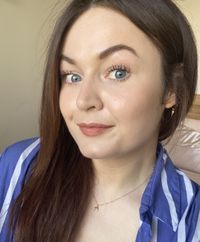
Naomi Jamieson
For those who don’t want to air dry their hair – whether that’s a personal preference or because they’re short on time – knowing how to blow dry curly hair is crucial. Roughly blasting them with even the very best hair dryer on full heat and power isn’t going to get you perfectly defined curls – in fact it’ll achieve quite the opposite. Curls are delicate and require drying with a bit of extra time and care to preserve their pattern, whether tight coils or looser S-shaped waves.
As somebody with loose ringlets (which admittedly are less springy than usual as recently I've been testing a lot of hot tools for my job), I always dry my hair with one of the best diffusers for curly hair when I want to style it in its natural texture. But for a thorough guide, I’ve also tapped into the knowledge some of the industry’s leading hairdressers for expert insights across all types of curly hair.
If you’re familiar with the curl type system, you’ll know that curly hair covers a huge range of patterns and that curls can vary greatly in thickness and porosity. As such, not every single one of the tips and product recommendations here will apply to your curls; your head of hair is completely unique to you, so it’ll take some trial and error to refine your perfect routine – but this is a strong starting point. Whether you’re looking to improve an existing routine with some new insights or you’re only just drying your natural curls for the first time, here’s what you need to know before getting started.

Errol Douglas MBE is an award-winning hairdresser, salon owner and ambassador for Living Proof.

Michelle Sultan is a hairdresser, Artistic Director at London's Hype Coiffure salon, and Creative Director and ambassador for Imbue Curls.

Abigail Butler is Artistic Educator for L'Oréal Professionnel as well as the owner of her own salon, Strictly Xtended.
Everything you need for the perfect blow dry for curly hair

RRP: £12.99
A microfibre towel or a cotton T-shirt are useful for removing excess water and product from hair.
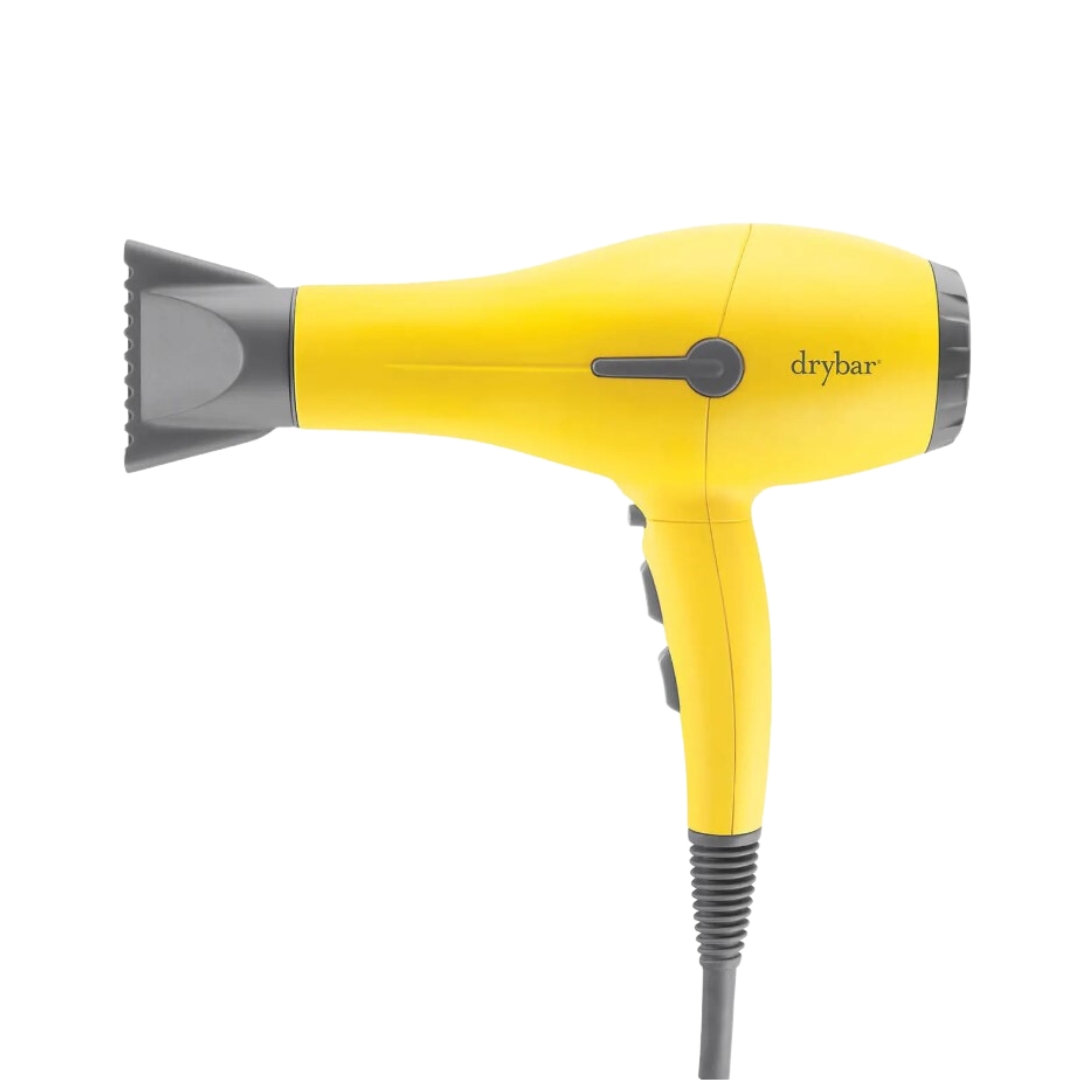
RRP: £139
It almost goes without saying that this is one of the best hair dryers for curly hair. Hairdresser and Imbue ambassador Michelle Sultan also recommends a hood dryer for tighter type 3 and 4 curls.
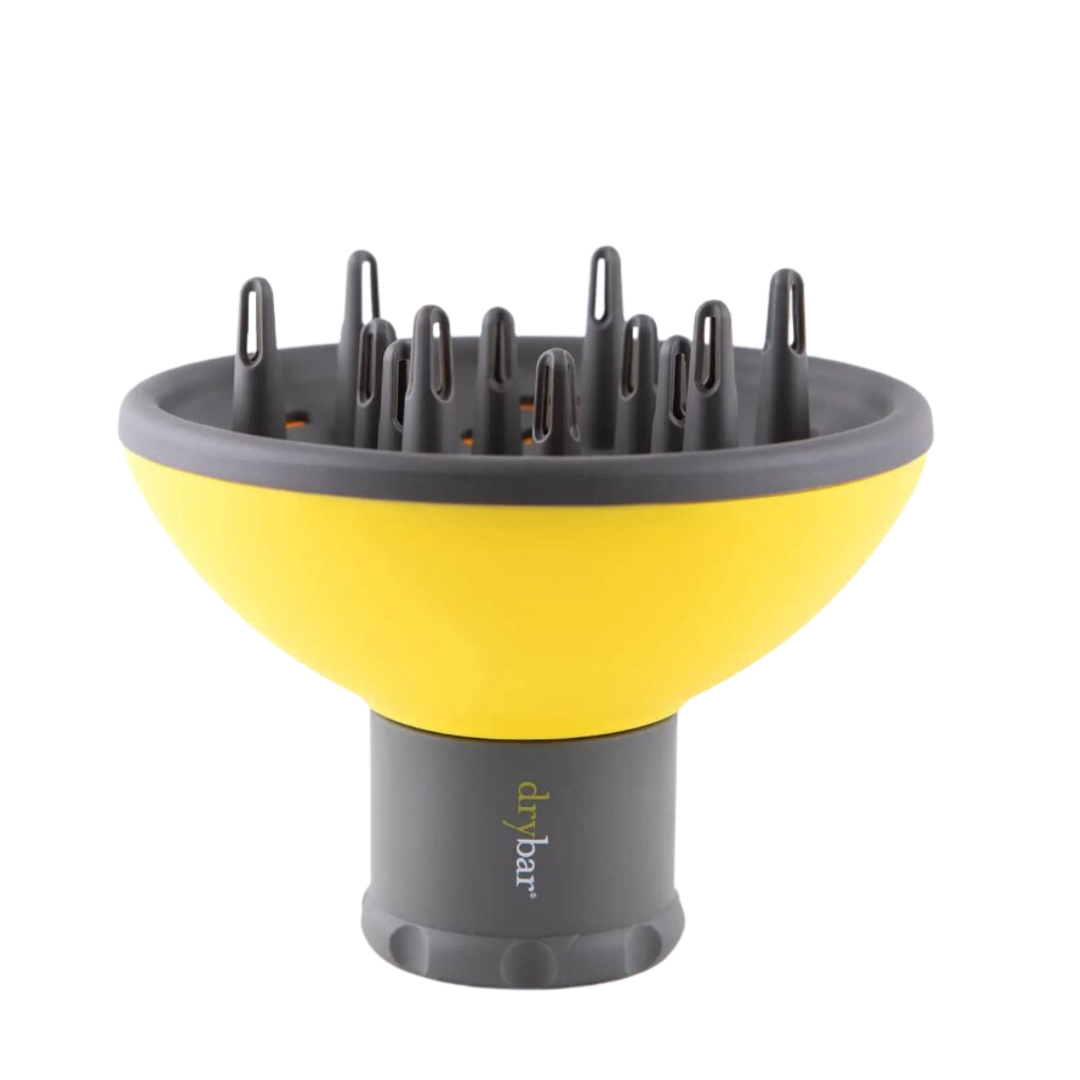
RRP: £29
A diffuser will disperse the airflow on your hair dryer more evenly for gentler drying while preserving your curls' bounce
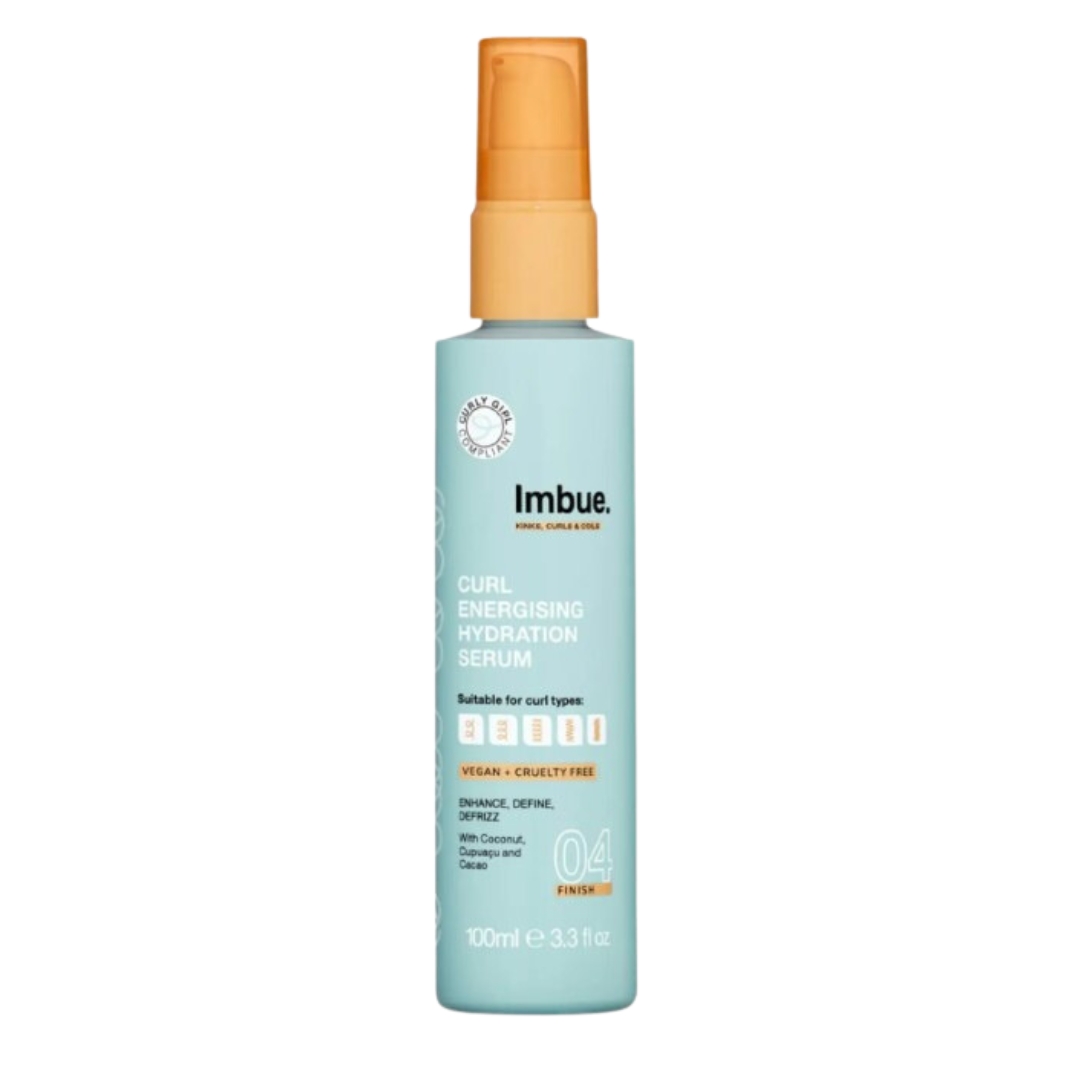
RRP: £7.99
More on this later, but curly hair products can include leave-in conditioners and creams, gel, serum, oil, and mousse.
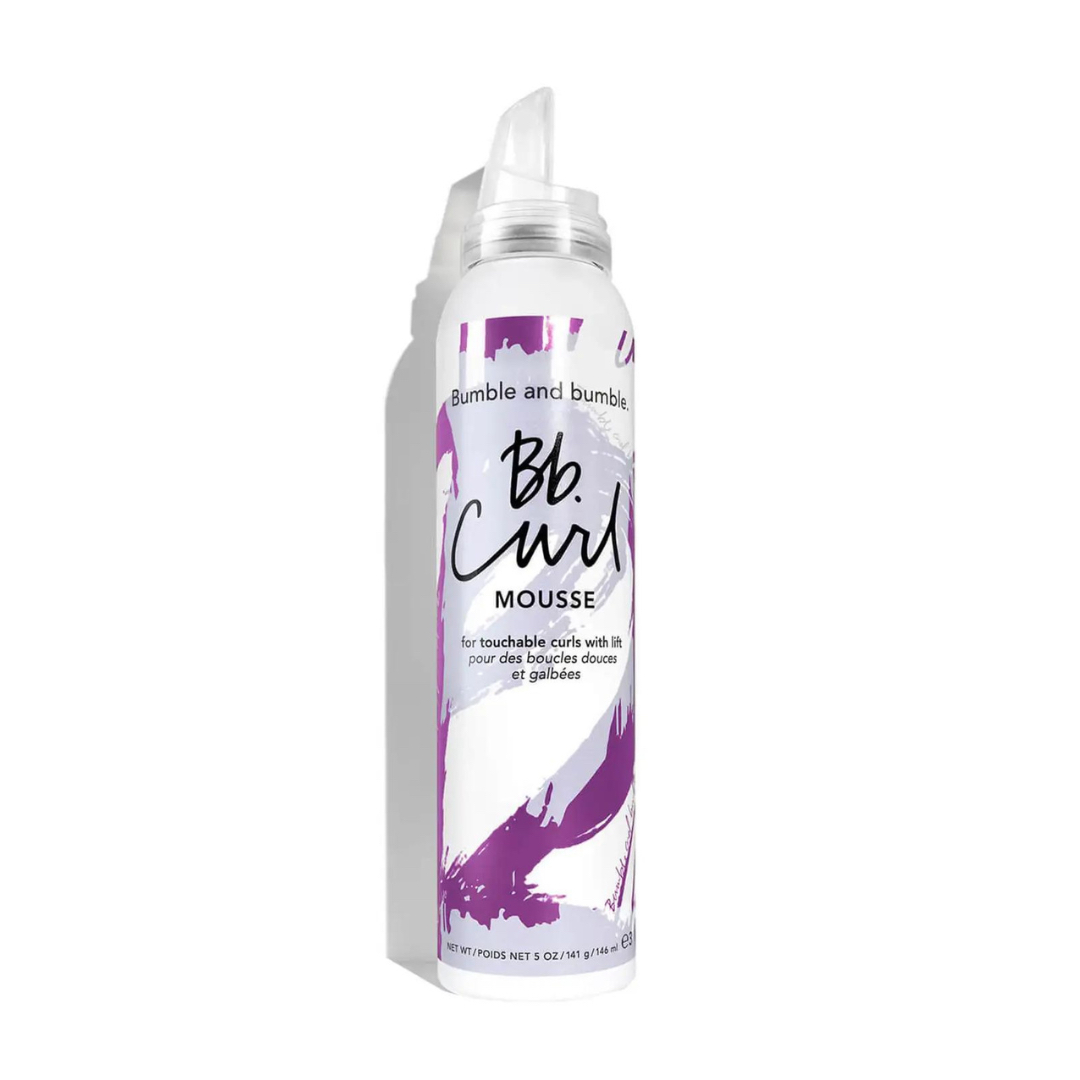
RRP: £25
A curling mousse like this one from Bumble and Bumble is also a great addition to your haircare regime, for achieving defined and bouncy curls.
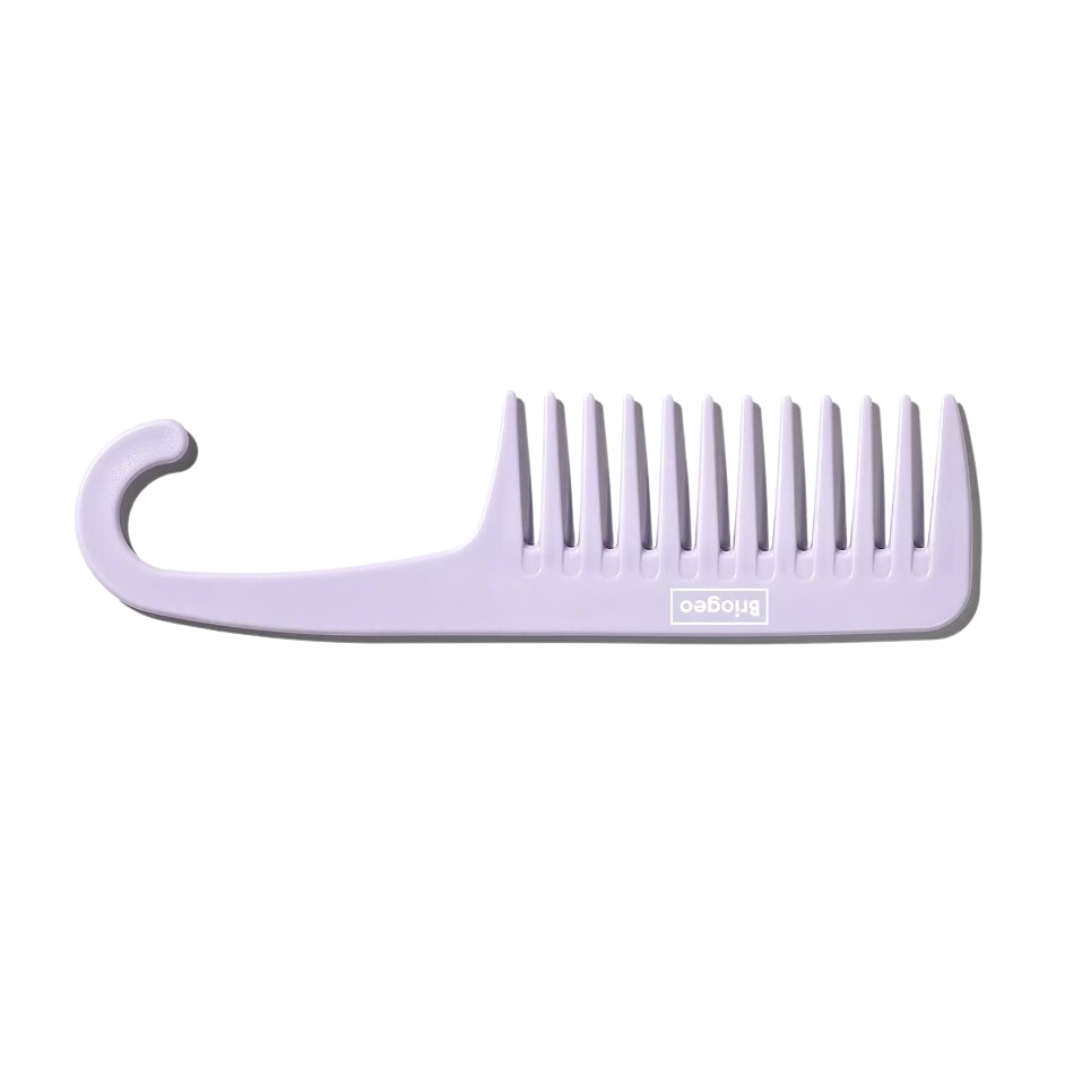
RRP: £14
A wide-tooth comb like this one is very useful for evenly detangling and distributing product through your curls.
How to blow dry curly hair, according to hair stylists
1. Start with freshly washed hair
You've probably heard the saying that your curly hair routine starts in the shower. “It's really important to start off with a good shampoo and conditioner,” says Errol Douglas MBE, hairdresser and Living Proof ambassador. “Step one is your shampoo, so it’s really important to make sure you have a good one that will take away all residue and kind of boost the hair as well.” Conditioner or a mask not only acts as an essential moisturising step, but it’s also useful for detangling your hair in theshower.
Once you’ve rinsed out your conditioner, you can wrap your hair or squeeze out excess water using a microfibre towel or cotton T-shirt, which is gentler on the hair than a regular old bath towel.
Our editor and experts recommend...

RRP: £31

RRP: £14

RRP: £30
2. Apply your styling products
Once you've washed your hair, the next step is to apply product to your hair while it's still damp. It's important to stress here that, if you're new to styling your curls, it will take some trial and error as you learn which products achieve the best results in your hair. Products that work really well for one set of curls won’t necessarily make a good styling regime for another. Having your curl pattern and the thickness of your strands in mind will be important when you select products, with our experts sharing some tips to help you choose products below.
Sign up to our free daily email for the latest royal and entertainment news, interesting opinion, expert advice on styling and beauty trends, and no-nonsense guides to the health and wellness questions you want answered.
- Type 2: "The best products for type 2 hair are a lightweight, leave-in conditioner, like Imbue leave-in conditioner,” says Sultan. “This is perfect for activating a loose wave. If you have very loose textures, I would recommend a protein gel to really give the curls support while they dry. Mousse is perfect for this hair type as it helps to swell and create volume within the hair; this is great if your hair is very fine and you want create more volume and texture."
- Type 3: "Type 3 hair may require a little bit more conditioning in the way of leave-in conditioner, cream, moisturisers, or curl activator, and then using a gel to lock the curls in place and reduce a layer of frizz,” says Sultan. “Apply all products to very wet hair after washing, making sure that you’ve used a deep conditioning mask to really get lots of moisture into the hair." Once you've applied your products, she adds: "I would sometimes use a microfibre towel to remove excess product from the hair to stop a heavyweight film [developing] over the hair and to stop the product from weighing the curls down." Our expert also recommends finishing with a little oil post-diffusing.
- Type 4: "If you have a type 4 hair, which tends to be very tight, then gels can work really well, but it’s finding the balance between a gel that is moisturizing and one that is not going to dry your hair out and leave it feeling dehydrated," Sultan says. L'Oréal Professionnel educator and salon owner Abigal Butler recommends trying the L.O.C method – which stands for liquid, oil, cream. “For type 4 hair [this] method is a great guide to use when styling curls,” she says. “Start with a liquid layer, ideally water-based like L’Oréal Professionnel Paris Curl Expression Curl Reviver to revive the curl pattern.” Next, apply oil thorough the mid-lengths and ends, then “Finish with a cream to lock in moisture.”
“Depending on your hair type and how fine it is you may flit between different products, which is absolutely fine,” confirms Sultan. “If yours is a finer texture, you may find that you need stronger products to support your curls, but you do need to make sure they are not heavyweight and greasy. You may find things that you’ve never used before, like gel, often work much better than you think they will.”
“Try a little bit [of product] and then [build up to] a lot," she continues. "Try products on your days off when you don’t have to go anywhere and you can just see how your hair looks. Some products are really good for cocktailing, which means mixing them together. However, I would normally start with one product at a time and look out for products that don’t go well together. If they tend to clump together or make white bits in your hand, they’re likely to do that in your hair, and I would [then] avoid putting them on your hair."
Making sure your products are evenly distributed through the hair – Douglas recommends using a wide-toothed brush or comb to distribute through your curls. Sultan also suggests scrunching product into looser curls while wet to "activate" your curl pattern.
Our editor and experts recommend...
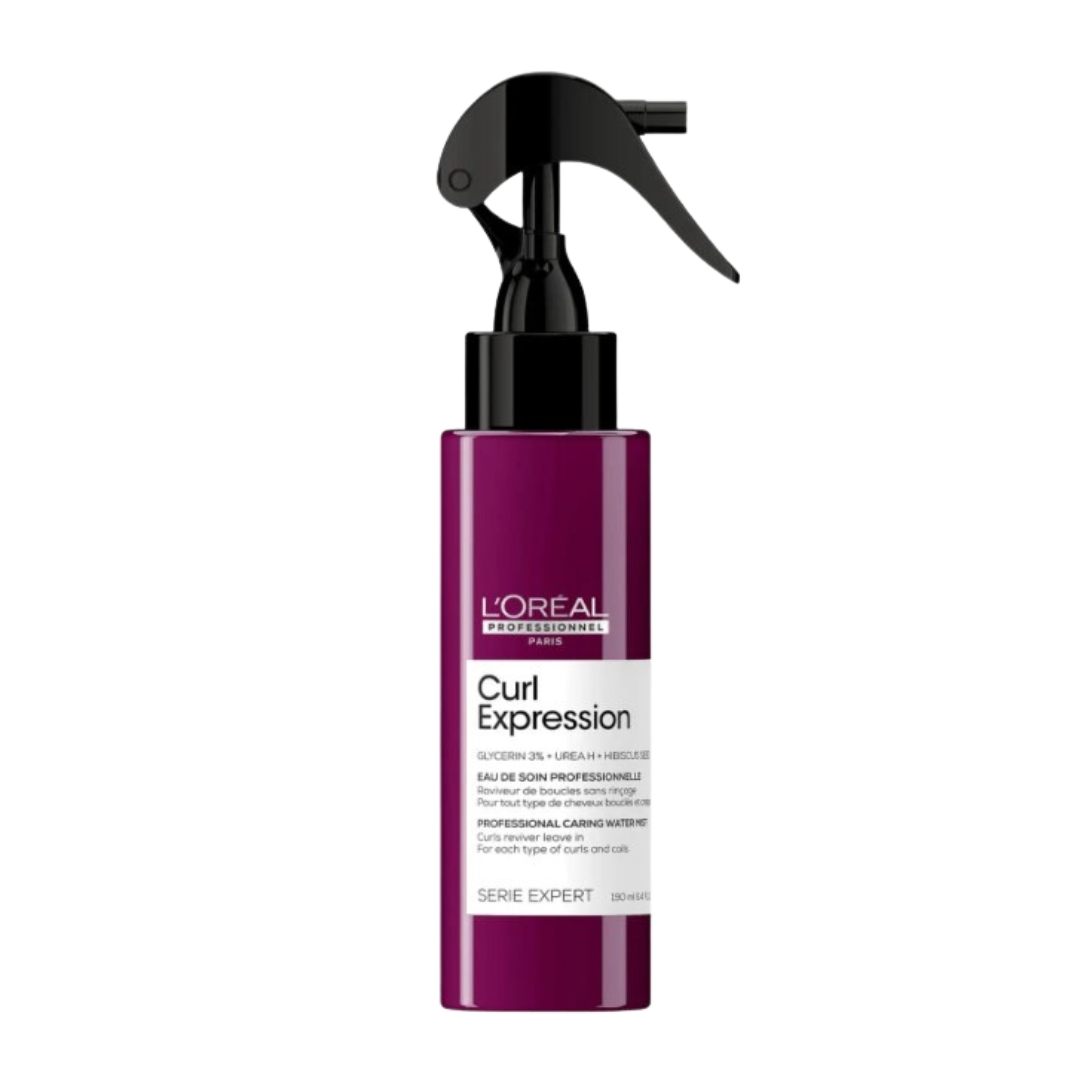
RRP: £24.50
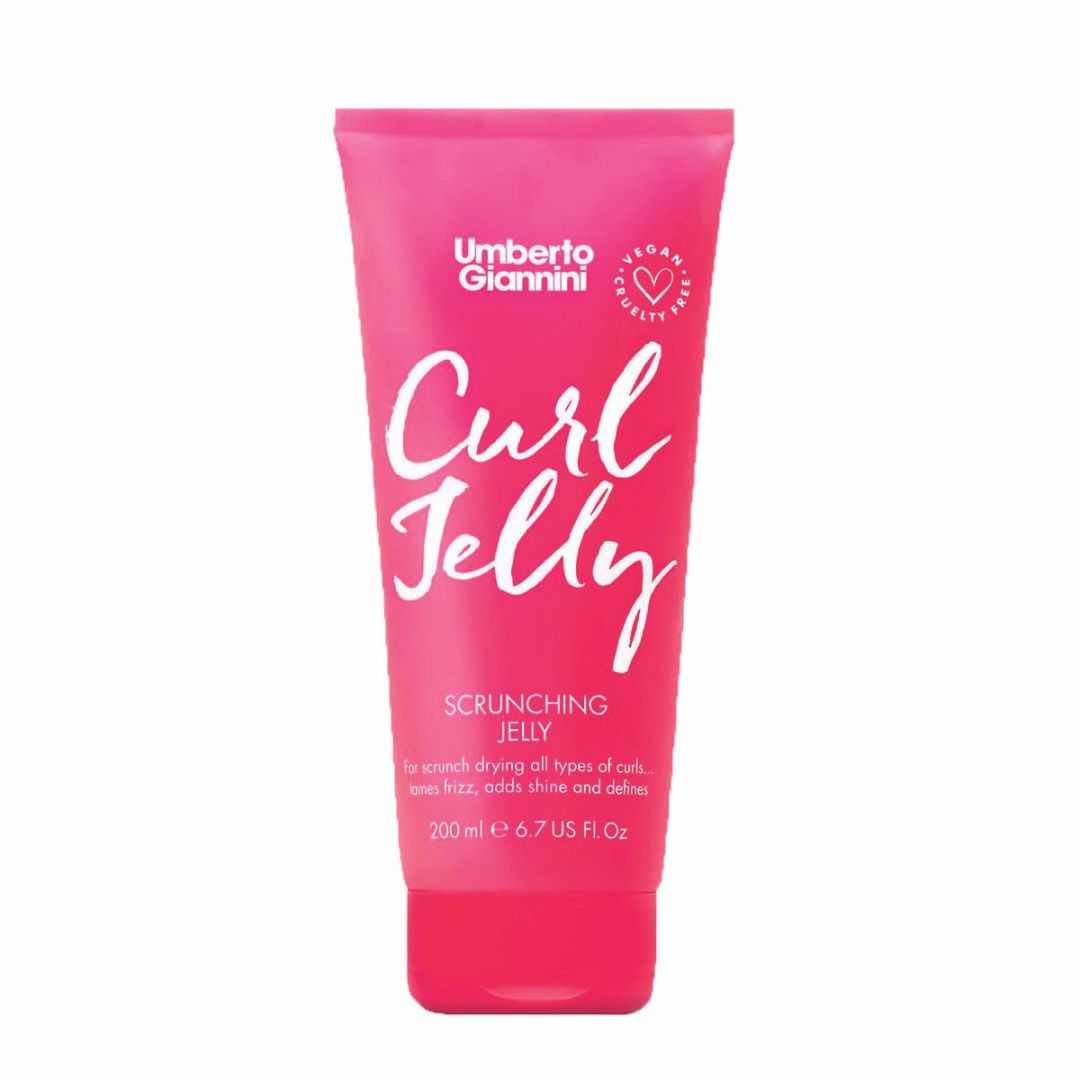
RRP: £8.25
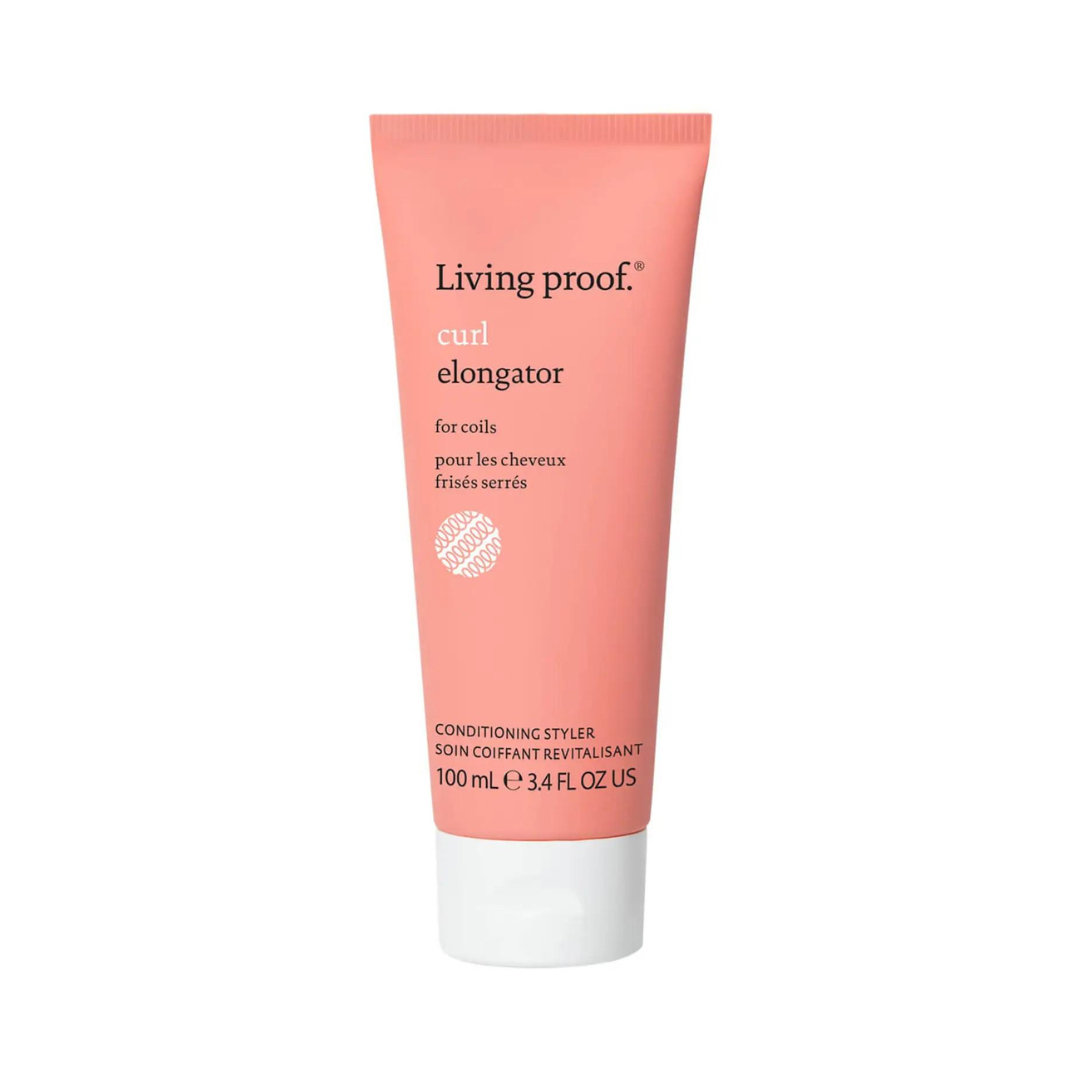
RRP: £17.50
3. Begin drying
“Depending on your curl type, drying your hair can be completely different,” says Sultan. “If you have a looser curl, say type 2–3, then you may find diffusing your hair with a hair dryer will work really well. If you have a tighter curl pattern, say type 3–4, you may find that sitting under a hood hair dryer is more beneficial.”
If you're using a diffuser, it's crucial that you take your time. Rushed movement of the hair while drying is a recipe for generating excess frizz. "Attach a diffuser to your hair dryer and dry on a low heat – this will give your curls more definition," says Butler. Hover it around your head to gently dry the curls – our guide on how to use a diffuser on curly hair contains lots more expert tips.
Depending on if you need more volume, you may find that carefully placing your curls in the bowl to dry them also works well for you. I personally use the Dyson Supersonic and its accompanying diffuser, but this only works with this tool – look for the accompanying diffuser for your hair dryer model or one that's specifically described as "universal".
Our editor recommends...
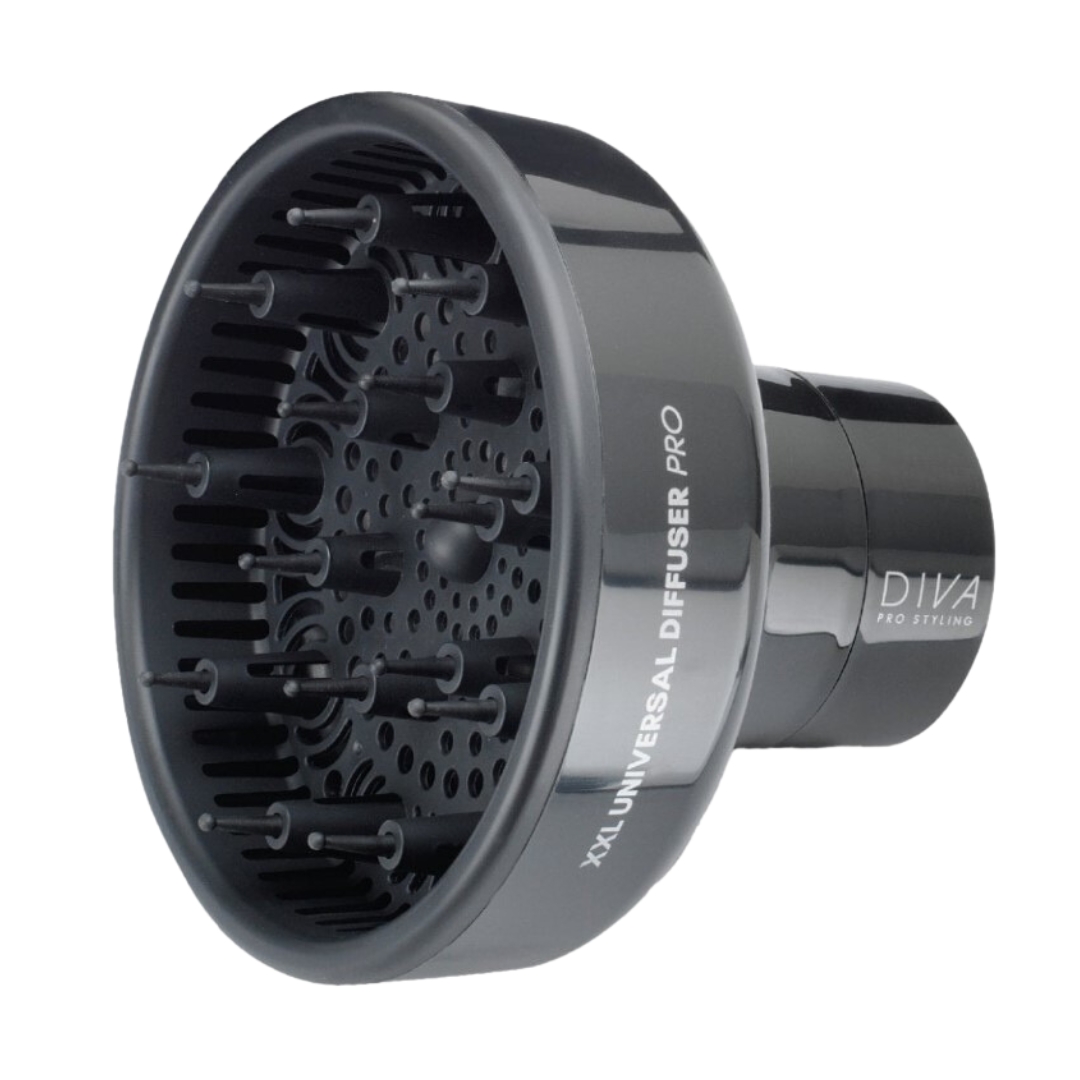
RRP: £29.99
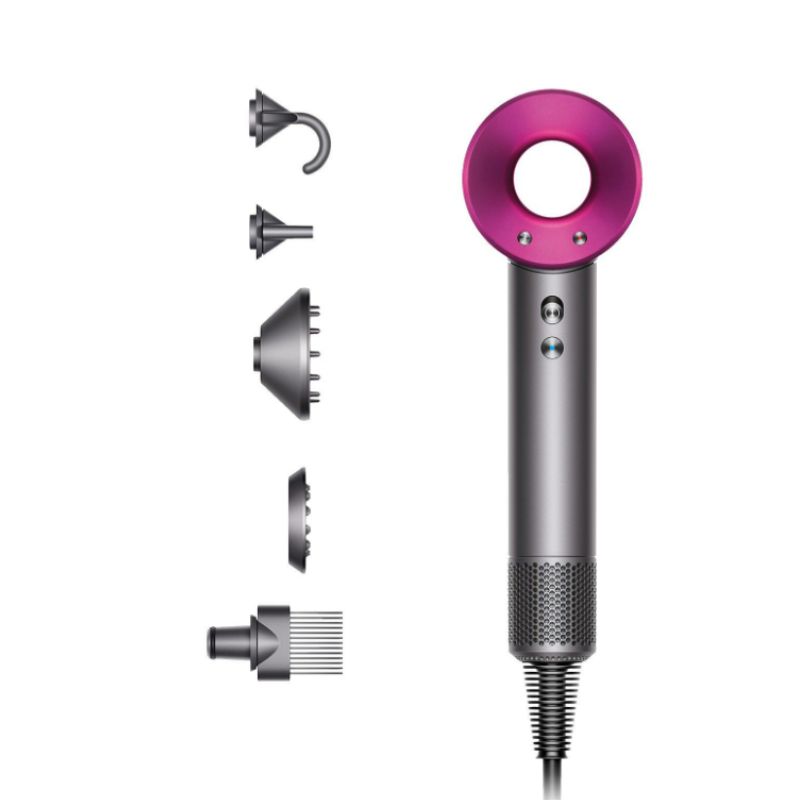
RRP: £329.99
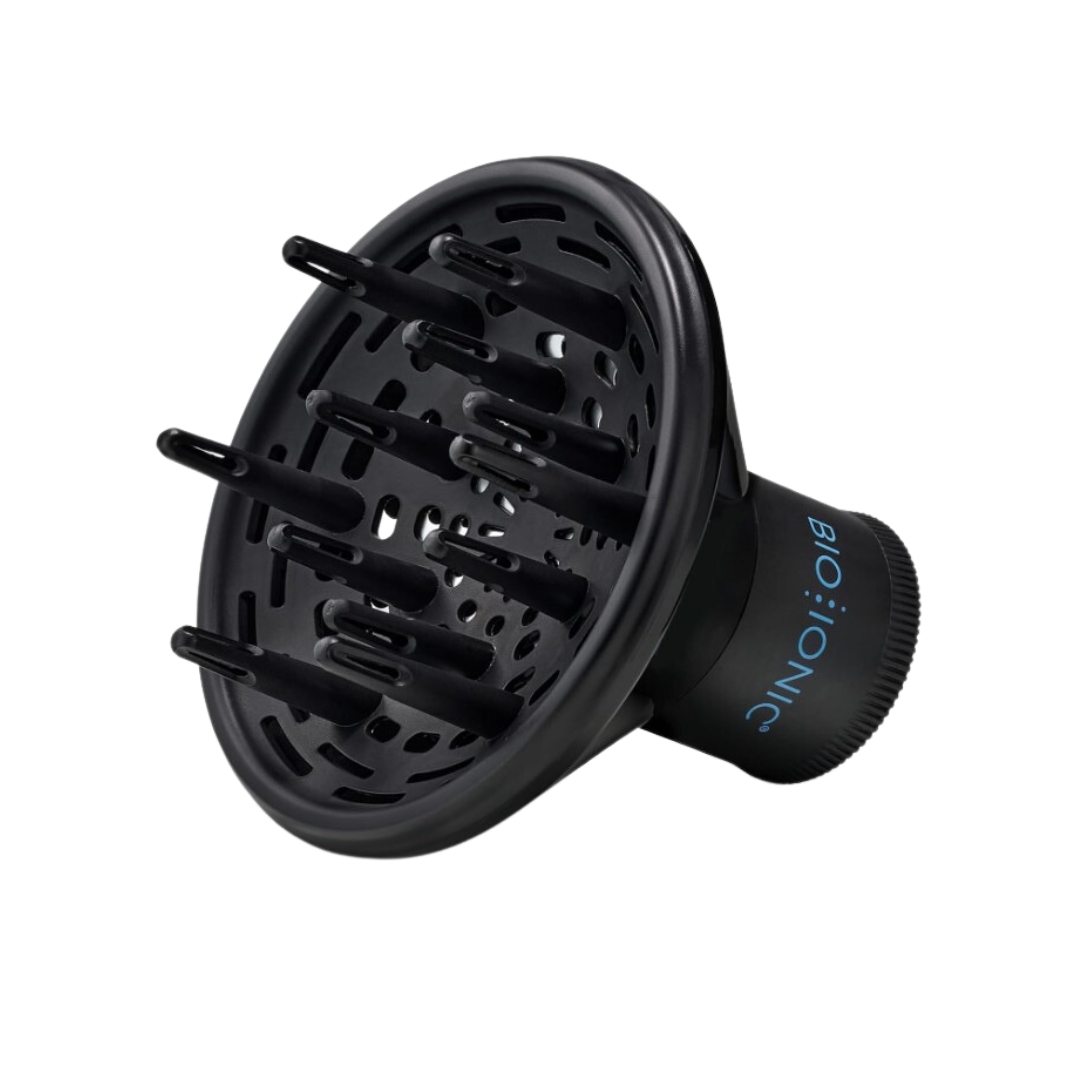
RRP: £30
4. Shake it out
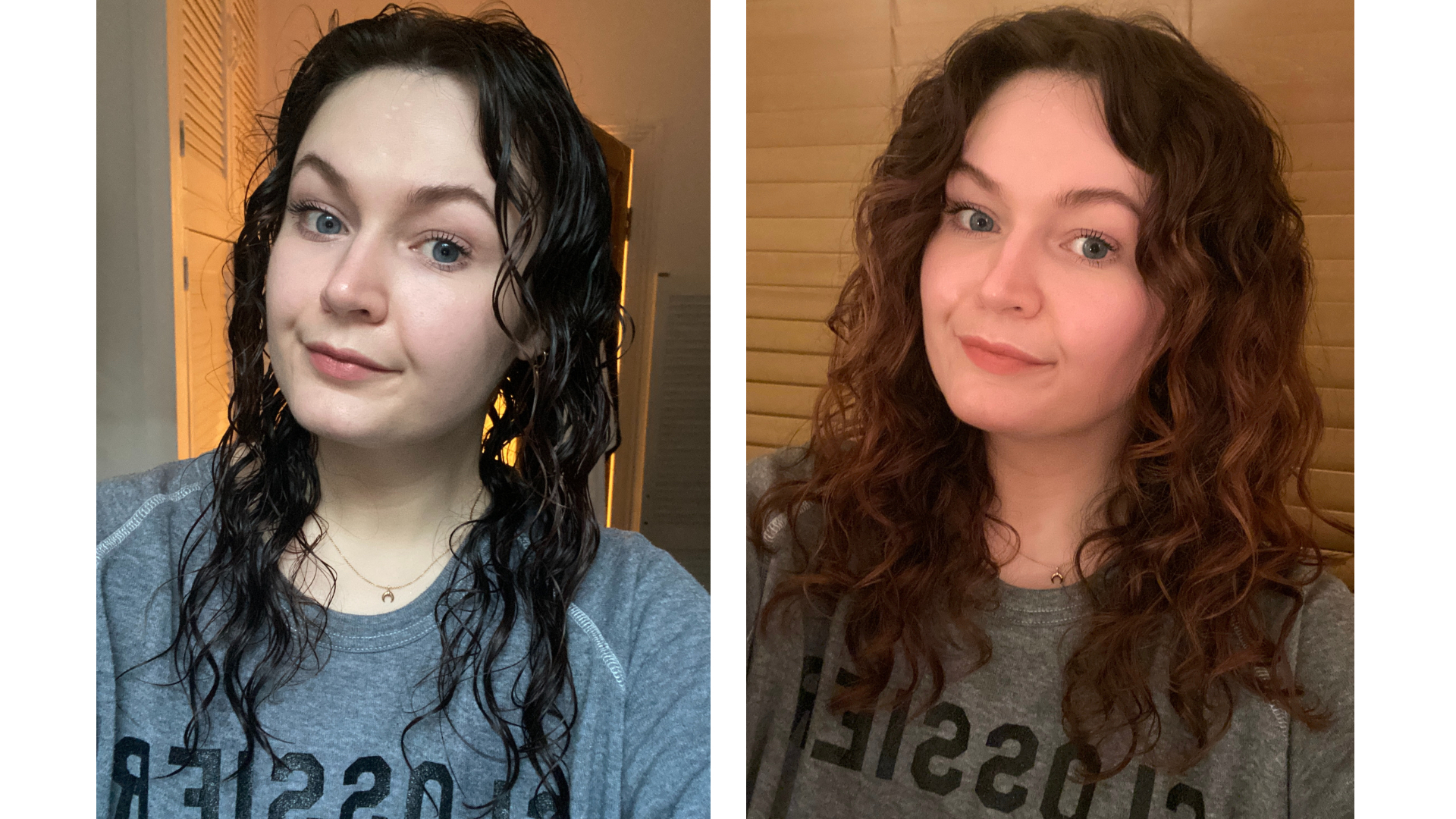
Lucy's hair before and after drying with a diffuser
When you’re completely finished drying your hair, all that’s left to do is give the roots a bit of a zhush. “Once the hair is dry, shake to wake using your fingertips or a volumising pick, like the one from Imbue,” Sultan says. You may also find that you need to scrunch out the cast of your gel a little, if you’ve used one. A tiny amount of oil also makes a great finishing touch to freshly-dried curls to lock in the definition and boost shine.
Our experts recommend...

RRP: £22
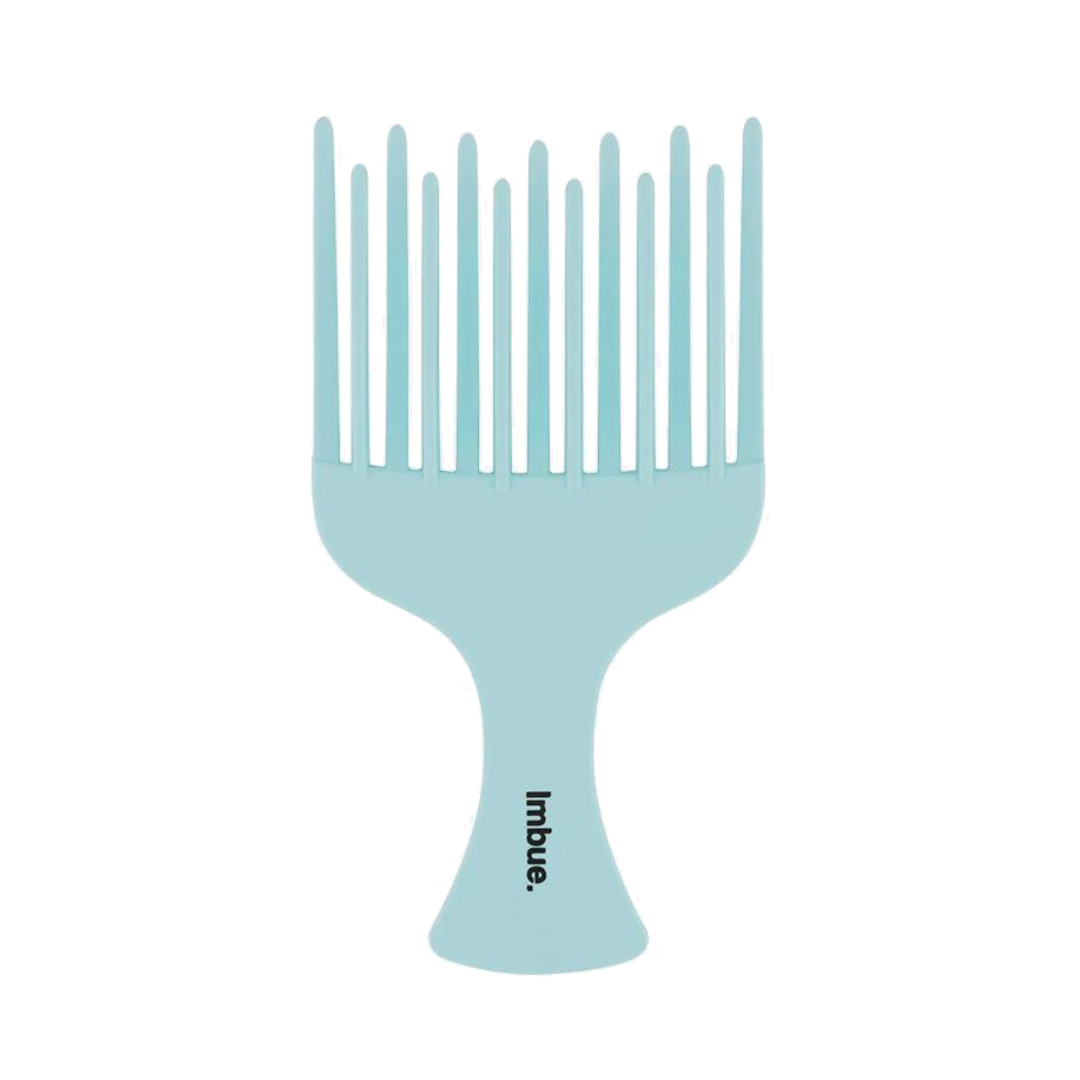
RRP: £5.99
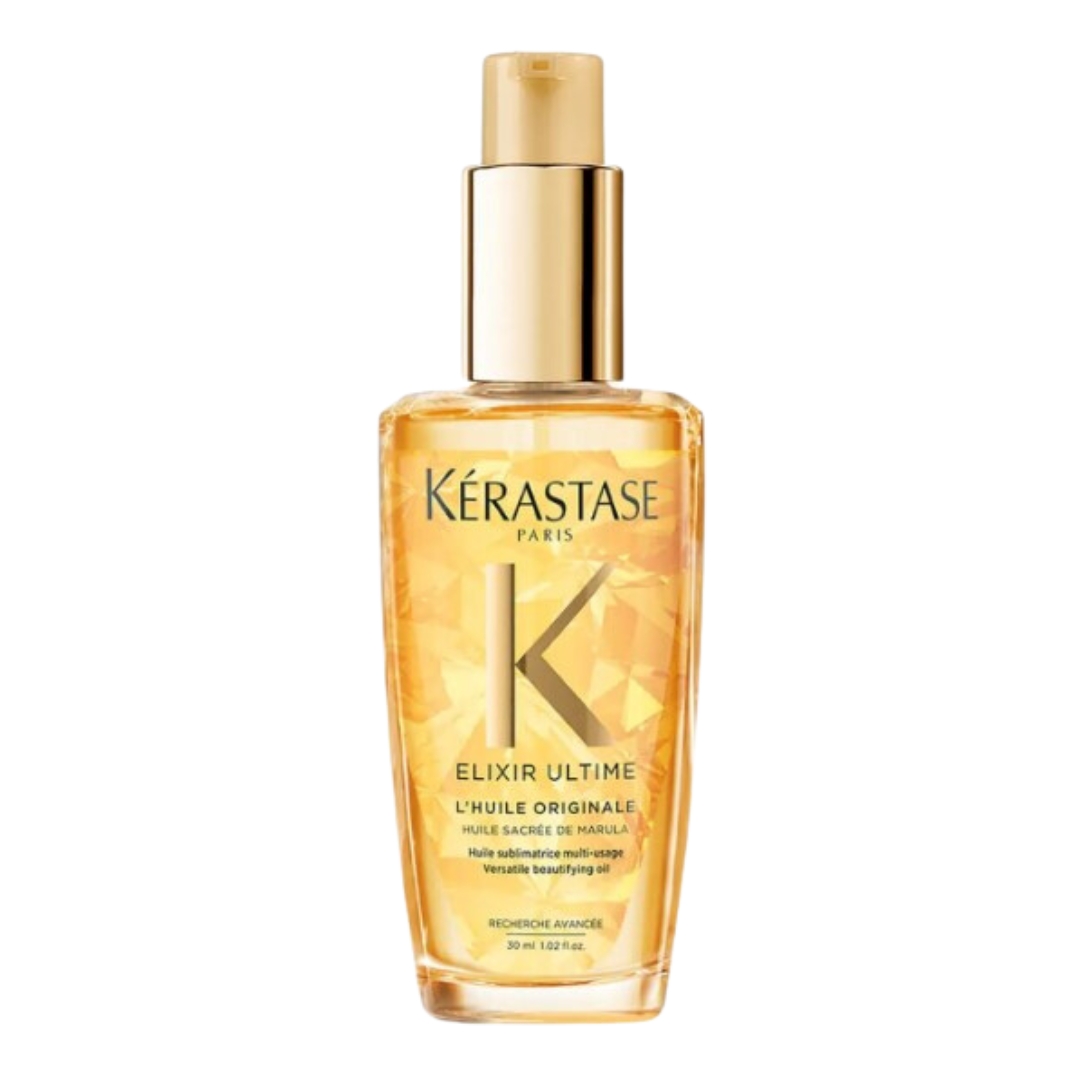
RRP: £26.15
FAQ
Should you blow dry curls on hot or cold?
When using a diffuser, slow and steady wins the race, i.e. gentle drying. “You should use a low heat and low airflow,” says Butler. “This will avoid disrupting your curl pattern as well as reduce frizz.”
How dry should curly hair be before blow drying?
It’s often beneficial to scrunch out excess water from the hair before you dry using the diffuser or hood dryer. “Personally, I like my hair to be at least 80% dry before I start using a diffuser,” says Sultan. “However, in real life you may not have the time for your hair to dry for this amount of time and so therefore you can use the dryer on wet hair. If you can, use a microfibre towel to reduce the amount of water and product before you apply the diffuser to very wet hair.”
Should you blow dry curly hair upside down?
This depends on whether or not you want to really boost volume – if you do, then yes, very gently tipping your head over and drying your curls upside down for a bit can help to increase the overall volume.
Lucy is a UK-based beauty journalist who has written for titles including Marie Claire, Glamour and OK!, as well as contributing to woman&home. Her work covers everything from expert skin and haircare advice to beauty trends and reviews of the latest products. During her career she regularly speaks to the industry's leading hairdressers, dermatologists and make-up artists, has covered backstage at London Fashion Week and interviewed many a celeb about their beauty routine.
- Naomi JamiesonDigital Beauty Writer
